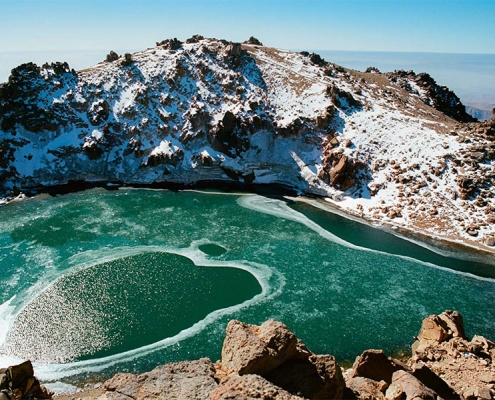
How did Coronavirus affect Nowruz ceremony in Iran?
/
0 Comments
The ancient territory of Iran, including also current Afganistan,…

Things to do in Chabahar (Photos, Info)
You won't always need a visa to travel to Iran! There are some…

Ramadan in Iran: Traditions, Foods, Events
Traveling to Iran during Ramadan offers an opportunity to see…

The Traditional Persian Cuisine of Ramadan
Only a few days are left before the start of Ramadan, the holy…

Things to do in Ahvaz (Photos, info)
Speaking of Things to do in Ahvaz may remind you of the great…

Best cinemas in Iran: Photos, Location, info
How well are you familiar with Iran’s film industry? Well,…

Iran taxi apps: Snapp, Tap30 (sites, download)
Taxis are arguably the easiest way to get around Iran, especially…

Things to do in Kish Island (Photos, info, timing)
The famous and unique scenery of sunset and sunrise behind the…

Things to do in west of Iran: Khuzestan, Lorestan, Kurdistan
Unlike the classic route of central Iran which tends to cross…

7 Best documentaries about Iran to watch before travelling
Keen to learn a little more about Iran before you visit? Thankfully,…

The most unusual foods in Iran you should not miss
Enjoying local food has always been the best part of any traveler's…

Where to find the best hot springs in Iran?
Iran enjoys a diversity of hot springs scattered all around the…

A practical guide of buying Persian carpet
Iran is among the most professional oriental rug producer countries,…

Things to Do in Tehran: 10 places to Visit in Tehran + Photos
Having been the capital of Iran for 225 years, its unique geographical…

Things to Do in Yazd (Photos, Timing)
A must-see location and a UNESCO World Heritage City situated…

Things to do in Kashan (Photos, timing)
Known as the city of flowers and rose water, you may have heard…

Things to Do in Isfahan (Photos, Info, Timing)
Isfahan is filled with wonderful structures belonging to the…

Where to visit Iranian Nomads? Bakhtiari, Turkmen & Qashqai
The history of nomadism in Iran dates back to the second millennium…


